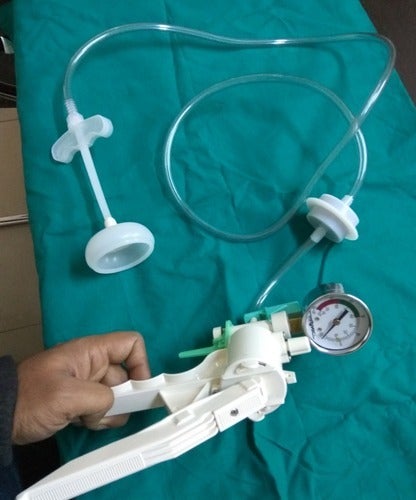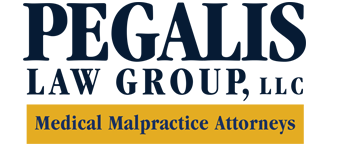What Are the Risks of Vacuum Assisted Deliveries?

For the most part, pregnancy and childbirth are natural processes. In some cases, however, mother and baby face risks, whether during the pregnancy or during labor. When there are complications, and the danger becomes too great, doctors often feel they must intervene to promote a positive outcome. When the intervention involves a vacuum assisted delivery however, there are significant risks involved.
* Why do doctors use vacuums? Sometimes at the end of a difficult labor, the doctor decides to help the process along using vacuum extraction if the mother or baby is in distress.
* How does the process work? Once the baby is low enough in the birth canal to be delivered, a vacuum cup is placed on the baby’s head, with suction applied so the cup doesn’t fall off. When the mother has another contraction, the mother pushes while the doctor pulls the baby using the vacuum cup.
* What risks does a patient face with a vacuum extraction? Vacuum extraction poses risks for the baby. Some of these are relatively minor complications like scalp lacerations or bleeding in the space under the fibrous portion of the skull bone. These typically clear up on their own, though the bleeding, called cephalohematoma, can sometimes require surgery. More serious complications include subgaleal hematoma, which is more serious bleeding below the scalp and can be life-threatening if a significant amount of blood is lost, or intracranial hemorrhage, which is bleeding under the skull that can lead to severe brain injury. There’s also a risk of skull fracture.
* What’s the responsibility of the doctor when choosing to use vacuum extraction? With all these risks, it’s clear that this intervention should only be used when absolutely necessary, and with informed consent from the mother. Often, there are signs and symptoms long before delivery, which should alert the medical care providers that it will be a difficult delivery. A discussion should be had with the mother about the option of a caesarian delivery, so as to avoid the potential risks associated with the use of a vacuum. Medical providers must inform patients of all the associated risks, and use this procedure only when it’s necessary and provided with the utmost competence.
If you or your baby suffered an injury during an assisted delivery, it may be time to contact a medical malpractice attorney. Pegalis & Erickson, LLC is here to help you, providing capable legal representation in the areas of New York. If you have questions about medical care or treatment, or a catastrophic injury, don’t delay in calling Pegalis & Erickson, LLC for a no-fee consultation! We obtain justice for our clients after hospitals, doctors, construction companies, and drivers commit preventable errors that cause harm. Reach us at (516) 684-2900.
Attorney Advertising
Recent Posts
Popular Posts
categories
- Uncategorized
- Infographic
- Patient Safety
- Patient Health
- Stillbirth
- Birth Injuries
- Medical Malpractice
- Medical Negligence
- Event
- Erb's Palsy
- Injury
- ER
- Video
- Cancer Misdiagnosis
- Medication Errors
- Cerebral Palsy
- Medical Negligence Lawyer
- Anesthesia Injuries
- Brachial Plexus
- Prostate Cancer
- About Us
- Men's Health
- Skin Cancer
- Breast Cancer
- Misdiagnosis



